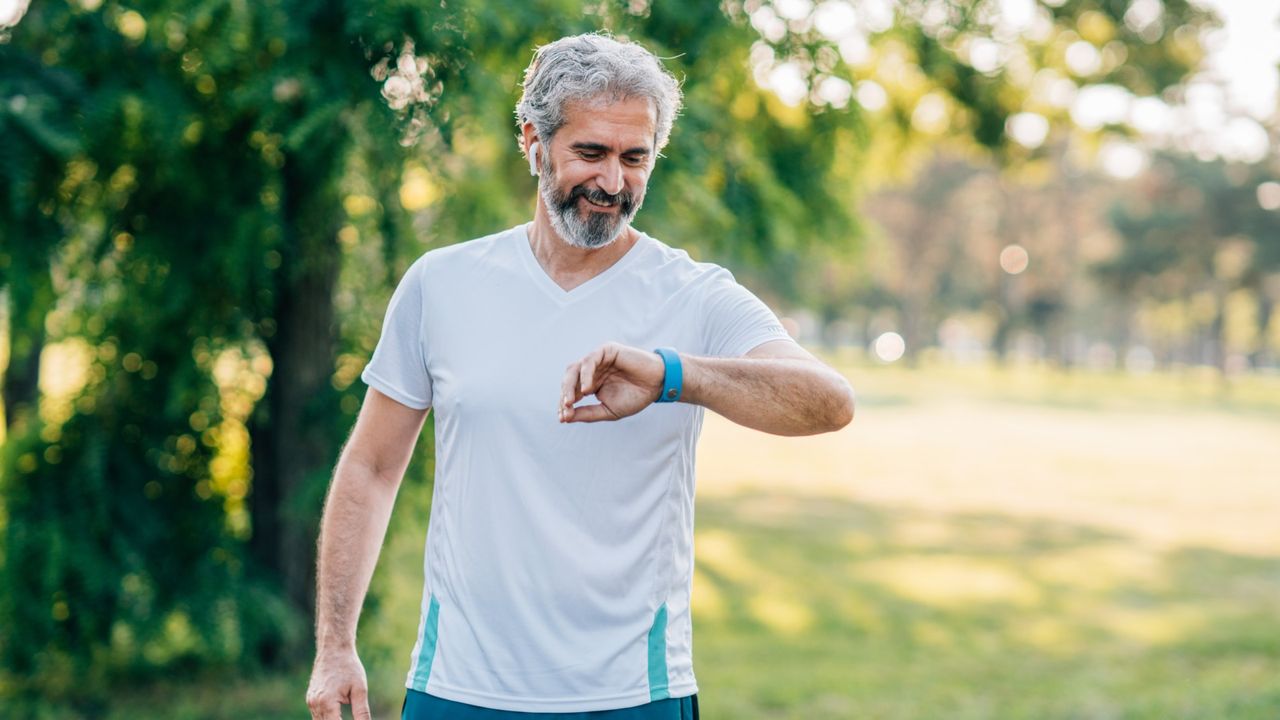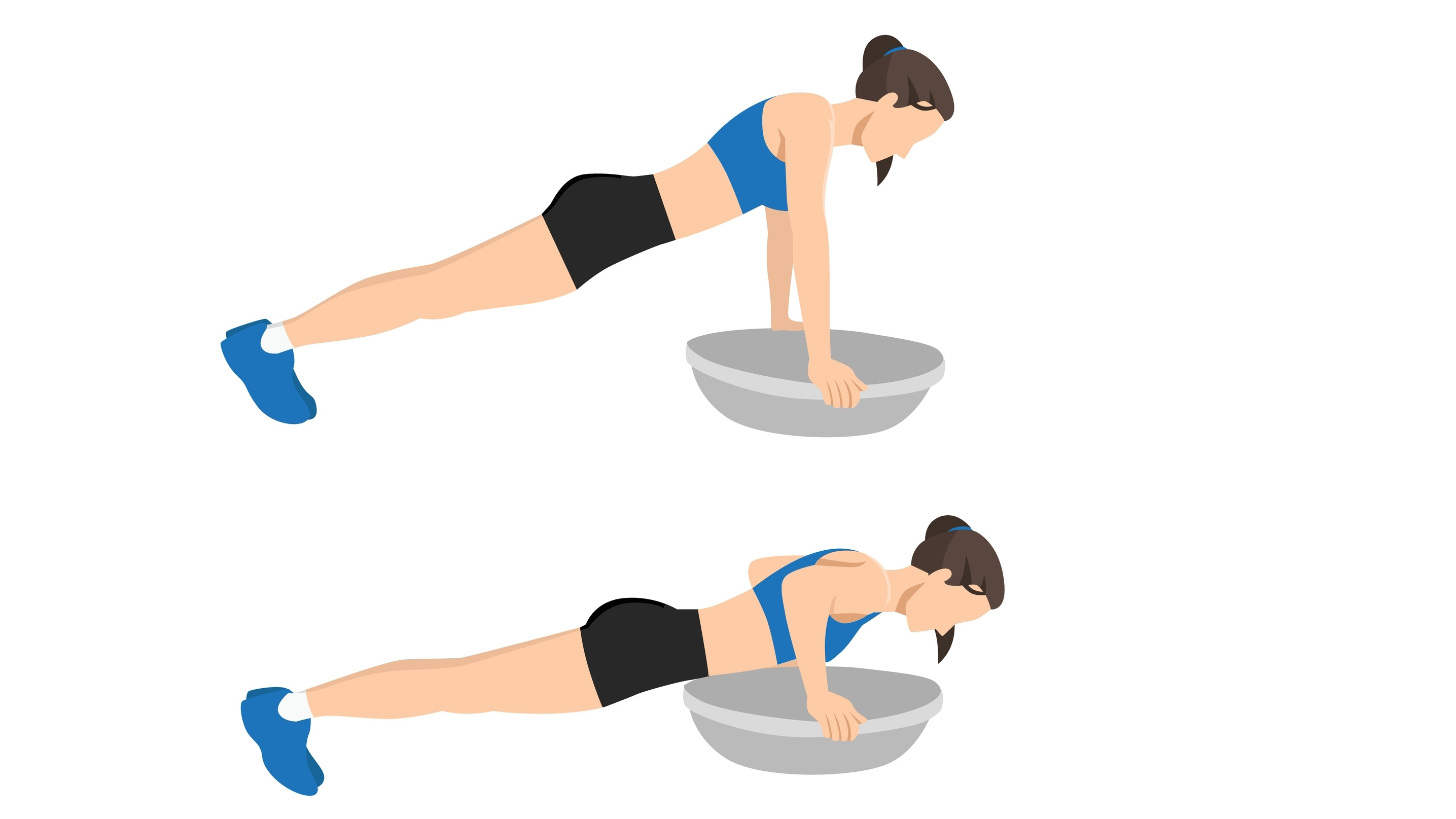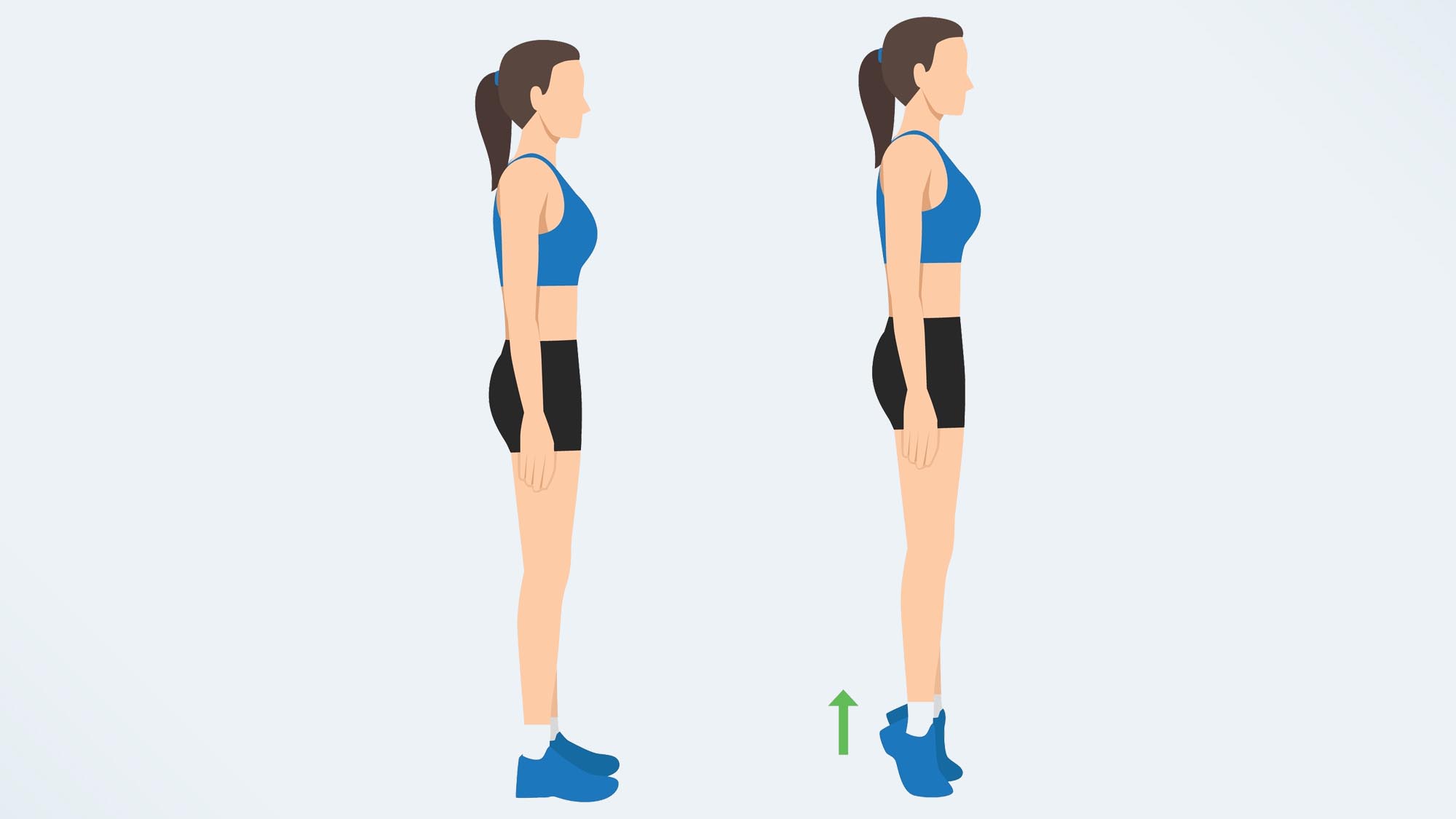
My dad has a trainer for a daughter, so, of course, he uses that to his advantage. I train him twice a week, and there are several strength exercises I recommend if you enjoy resistance training at an older age. He will tell you that he swears by them, and they have become essentials over the years.
I refuse to pigeonhole anyone based on their age; I teach progressive overload (meaning we make exercises more challenging over time) based on a person’s lifestyle, training experience, injuries and abilities — rather than age.
These are the three exercises I would teach people at any stage of life, but they’re particularly beneficial for increasing functional strength and improving balance as you get older, which can help you stay injury-free and reduce the risk of frailty or falls.
After 50, there’s more of a battle to maintain bone density and lean muscle mass. For that reason, I recommend lifting weights if you can or trying bodyweight workouts if you can’t — and it’s never too late to get started.
What are the moves?
You won’t need weights, but a yoga mat is good to have. We’ve rounded up our favorites of the best yoga mats to help you decide.
Balance trainer push-ups

Push-ups are a challenging bodyweight upper-body exercise that builds strength and pushing power. But have you considered testing your balance? Notice how much more your muscles work to stabilize you as you perform a push-up with your hands on a Bosu or balance trainer. You can flip your balance trainer (as above) or keep it in a sturdy position, dome up.
How to do a push-up on the balance trainer:
- Start in a push-up position with your hands on the balance trainer positioned shoulder-width apart, hands stacked under your shoulders
- Engage your core muscles and ensure your hips are aligned with your shoulders, toes tucked under
- Lower into a push-up by bending your elbows and sending your chest toward the balance trainer
- Press upward with power. That's one rep
- Aim for 6-12 reps and 3-4 sets.
Deficit calf raises

Calf raises are seriously neglected in the fitness world, but strong calves are crucial for walking and running and protecting your knees and ankles. Weak calves could lead to injury and impact your balance as you age.
If you find balancing during calf raises difficult, hold on to something at your side to help you maintain stability and work the muscles properly. Once you feel confident, try standing on the edge of a ledge, stair, or box and focus on dropping your ankles below your toes.
Here's how to do (deficit) calf raises:
- Stand with your feet hip-width apart. If you can position the balls of your feet on a ledge or the edge of a staircase
- Maintain a tall posture without leaning forward, backward, or to one side
- Place your hands by your sides, on your hips, or behind your head
- Slowly, and with control, lower your heels toward the ground
- Pause at the bottom, then drive upward onto the balls of your feet, squeezing your calves at the top of the raised position
- Continue for 3-4 sets and 6-12 reps.
Bear squats
Bear squats are like a horizontal squat; they strengthen your core, hips, quads and hamstrings and improve ankle mobility, contributing to stronger legs and lower-body joints.
The main issue I see present in the older generations of people I train is a lack of mobility, which often makes exercises more challenging than they need to be. Think of it as a barrier. It's one of the first things I address.
With my dad, once we had reduced a lot of his shoulder, hip and ankle mobility limitations, exercises like overhead presses, squats and lunges all became a lot more accessible to him, and he could actually lift heavier.
Bear squats resist gravity and allow you to really focus on the range of motion in your hips, knees and ankles, using your hands to push your butt back toward your heels. It requires a combination of mobility and strength, which I think is genius for increasing range in your lower body.
Here's how to do a bear squat:
- Start on your hands and knees, shoulders over wrists and hips over knees
- Lightly engage your core muscles and pull your belly toward your spine. Your back should stay neutral
- Press into the balls of your feet, then lift your knees to cover above the mat
- Press through your hands, then send your hips back toward your heels as far as you can
- Pause, then return to the starting position.
Follow Tom's Guide on Google News and add us as a preferred source to get our up-to-date news, analysis, and reviews in your feeds. Make sure to click the Follow button!







